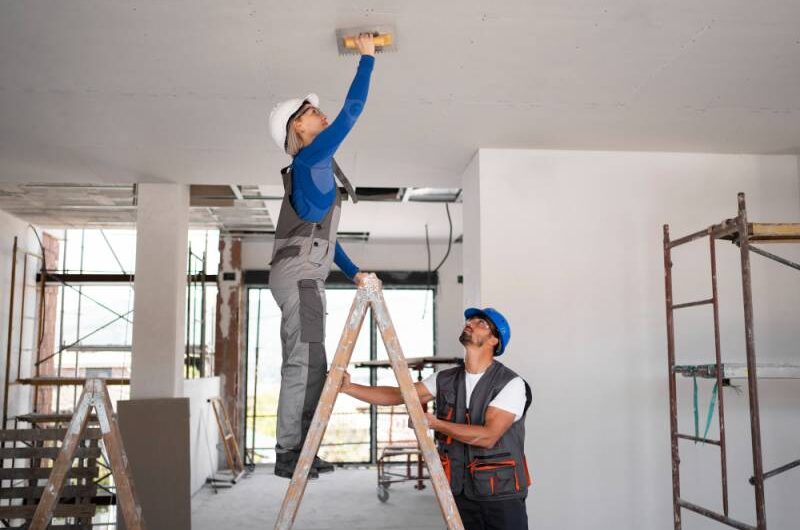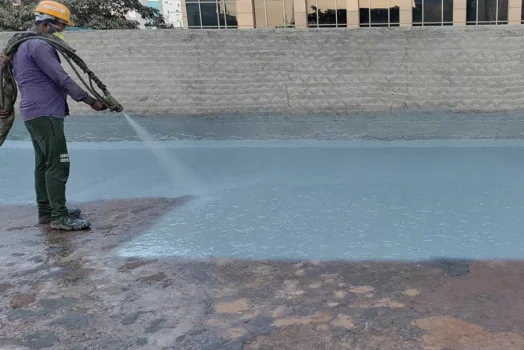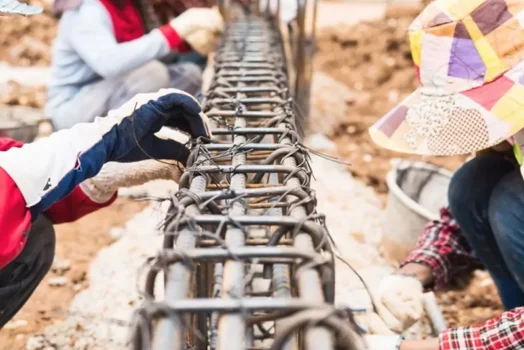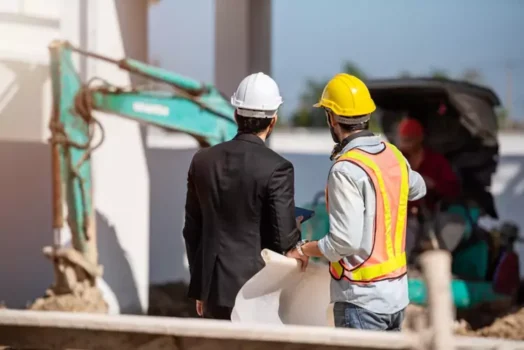Home is much more than a mere dwelling place or a permanent address. When people choose a new home, it is only a milestone they reach after a long process of thinking, arranging finances, scanning and screening through endless properties, shortlisting, and then finalizing one after multiple deliberations.
This home symbolizes an anchor, a sacred haven for the family. Signing the documents and taking possession is only the first step. The family invests time, money, and resources to make it their dream home. They work on the interiors and furniture and move in at an auspicious time. However, their first monsoon in the new house, and as the rains reached their peak, the horror of damp walls and leakaged surfaces. The disappointment and anger are justified and the family questions the construction quality.
Now we see the other side of this story. Most developers put in a seemingly smart plan, and smart design, and follow the rules and construction guidelines. They use the right materials, and right techniques, that almost everyone follows, and yet incidences like these create a loophole in the system and affect the brand name.
The most apparent reason for this situation is that the construction industry has not advanced technically. We have all the new machines and new people; however, the processes remain the same.
Solution:
PLASTER is the most important character in this whole scene. Most important and yet the correct method of plastering is not adopted by all.
There are 3 key aspects that need to be done right:
1. Cement Grouting
- After treatment of the RCC and Masonry Junctions, the Cement Grouting needs to be done at beam bottom junctions.
- There is 50% water content in the Cement Slurry and hence the grouting should be done at least 3-4 times.
2. Nylon Mesh
- A nylon mesh curtails the risk of rust and the formation of surface cracks and crevices. It is always a better alternative and more durable.
- The nylon mesh size should be 2inch*2inches placed on the entire surface.
- After fixing the Nylon mesh, apply a Single Coat of Plaster on the entire surface.
3. Plaster
- The most crucial thing to note is that the Plaster thickness should not exceed 15 to 18 mm and do not use 53 grade cement for plaster. Use washed river sand for plaster.
- After curing of single coat of plaster fix a glass-fibre mesh with polymer and pour the cement slurry on the entire surface.
- On this entire surface apply synthetic plaster or external grade cement Putty.
Using river sand helps achieve a smoother texture and it demands less water. The moisture trapped in the sand helps in binding and is good for the concrete. Also, the 53-grade cement can sometimes cause cracks that appear due to shrinkage. Hence better to avoid it.
The fiberglass mesh helps to reinforce the external and internal plasters. This mesh is a versatile product and adheres to most surfaces. It effectively seals and strengthens the plaster.
Plastering is one of the most ancient processes used in building techniques. However, new times and new structures demand that we evolve the entire approach to the process in order to create strong and sustainable structures. Let the plaster not dampen the spirit of monsoon in a new home…




